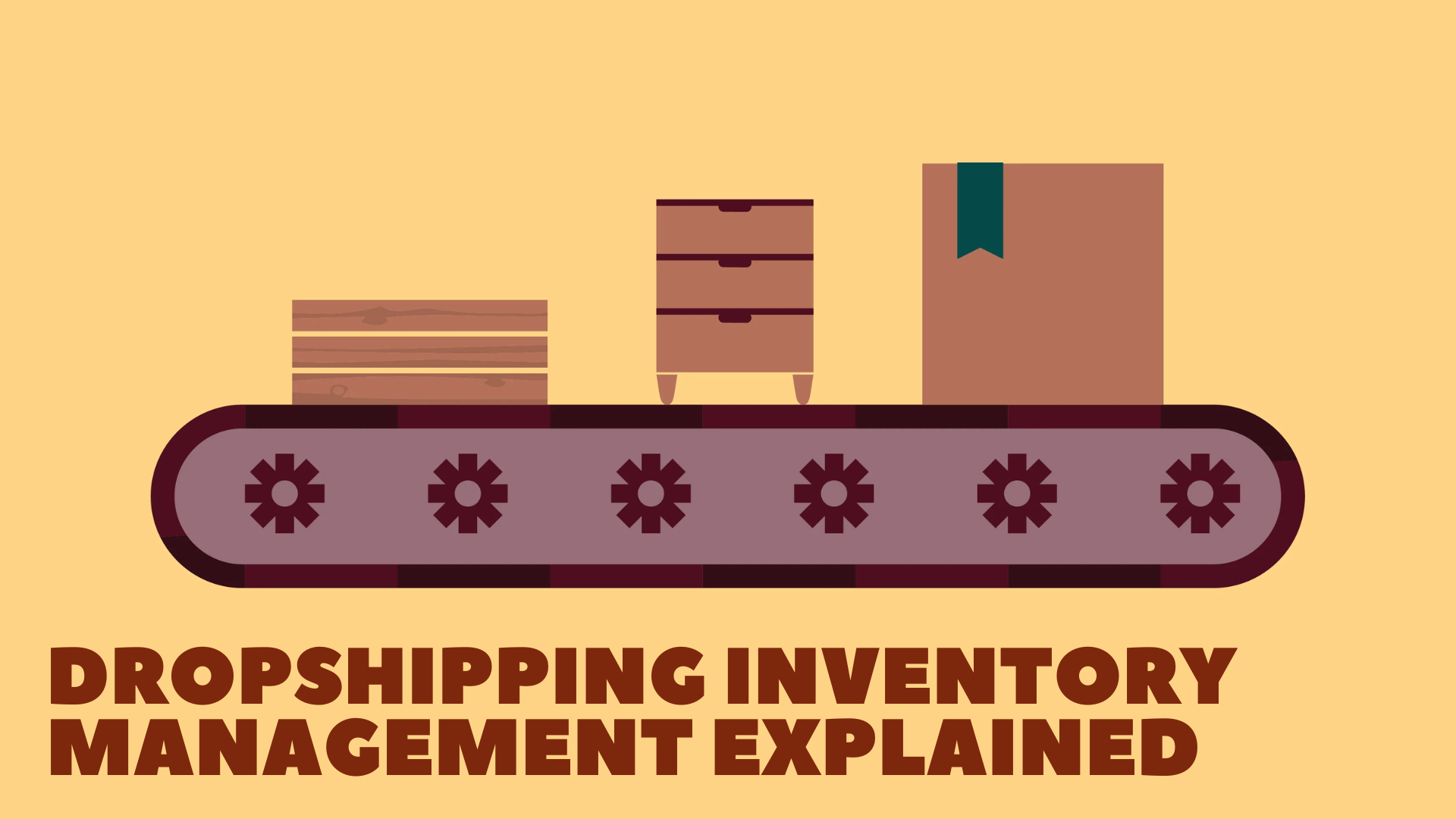Running a small business is a balancing act that requires careful management of resources, time, and most importantly, inventory. Effective inventory management is the cornerstone of a successful small business, ensuring that products are available when customers need them without overstocking and tying up valuable capital. This guide will walk you through the essentials of small business inventory management, providing actionable insights to help you optimize your operations.
Why Inventory Management Matters
Inventory management is the process of ordering, storing, using, and selling a company’s inventory. This includes the management of raw materials, components, and finished products. Effective inventory management helps small businesses:
- Improve Cash Flow: By avoiding overstocking, businesses can free up cash that would otherwise be tied up in unsold inventory.
- Enhance Customer Satisfaction: Maintaining the right level of stock ensures that customers receive their orders promptly, boosting satisfaction and loyalty.
- Reduce Costs: Proper inventory management reduces storage costs, minimizes waste, and decreases the risk of obsolescence.
- Increase Efficiency: Streamlined inventory processes improve overall operational efficiency, allowing businesses to focus on growth and innovation.
Key Components of Inventory Management
- Inventory Tracking Systems
- Manual Tracking: For very small businesses, manual tracking using spreadsheets might suffice. However, this method is prone to errors and can be time-consuming.
- Inventory Management Software: As your business grows, investing in inventory management software can provide real-time tracking, automation, and integration with other business systems like accounting and sales platforms. Popular options include QuickBooks, Zoho Inventory, and TradeGecko.
- Demand Forecasting
- Historical Sales Data: Analyze past sales data to predict future demand. This helps you understand which products are popular and when peak seasons occur.
- Market Analysis: Keep an eye on market trends and industry reports. Tools like Google Trends and social media insights can provide valuable information on consumer interests and upcoming trends.
- Reorder Point Formula
- Calculate the reorder point for each product to know when to place new orders. The formula is: Reorder Point = (Average Daily Usage x Lead Time) + Safety Stock. This ensures you reorder stock before it runs out, considering delivery time and safety stock for unexpected demand spikes.
- ABC Analysis
- Categorize inventory into three categories: A, B, and C.
- A Items: High-value items with low sales frequency.
- B Items: Moderate-value items with moderate sales frequency.
- C Items: Low-value items with high sales frequency.
- Focus your efforts on managing A items more closely, as they contribute significantly to your business’s profitability.
- Categorize inventory into three categories: A, B, and C.
- Just-In-Time (JIT) Inventory
- JIT inventory management aims to reduce carrying costs by receiving goods only as they are needed for production or sales. This approach minimizes storage costs and reduces waste but requires excellent coordination with suppliers to avoid stockouts.
Best Practices for Small Business Inventory Management
- Regular Audits
- Conduct regular physical inventory audits to verify the accuracy of your records. This can be done through cycle counting (counting a subset of inventory in rotation) or annual full inventory counts.
- First-In, First-Out (FIFO)
- Implement the FIFO method to ensure that the oldest inventory is sold first. This is particularly important for perishable goods to reduce spoilage and waste.
- Supplier Relationships
- Build strong relationships with reliable suppliers. Good communication and partnerships can help negotiate better terms, ensure timely deliveries, and manage stock levels more effectively.
- Safety Stock
- Maintain safety stock to cushion against unexpected demand spikes or supply chain disruptions. The amount of safety stock depends on the variability in demand and lead time.
- Utilize Technology
- Leverage technology such as barcode scanners, RFID tags, and inventory management software to streamline processes and improve accuracy.
- Training and SOPs
- Train your staff on inventory management best practices and establish standard operating procedures (SOPs) for consistency and efficiency.
Conclusion
Effective inventory management is essential for the success and growth of small businesses. By implementing the right strategies and tools, you can optimize your inventory levels, improve cash flow, and enhance customer satisfaction. Regularly review and refine your inventory management processes to adapt to changing market conditions and business needs. With careful planning and execution, your small business can achieve greater efficiency and profitability, setting the stage for long-term success.









